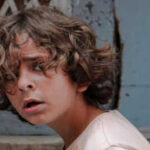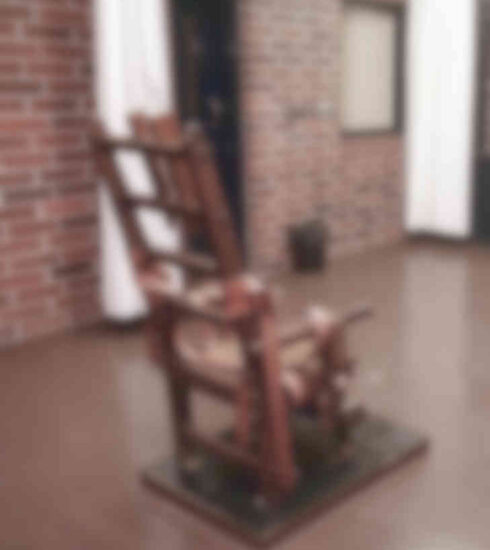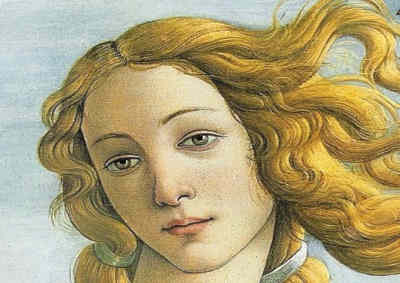The Real Thing
Reading Time: 2 minutes
What Proust says in part 2 of part 2 of In Search of Lost Time: (“Place-names: the Place” from In the Shadow of Young Girls in Flower) about finding and confronting – after so much fantasizing in front of early photographs and various paintings and drawings - the statue of the Virgin of Balbec, almost shocked at her presence in the stone; this source of so much thinking and dreaming on his part, equipping her with a kind of general, metaphysical existence way beyond her rough, heavy material reality, - has in itself a general truth about how we live our human lives on a magic note; how we perceive, measure, adjust and divine; allott qualities to people and things that aren't any more real than the colour of thoughts or the sounds of silence, and Proust's revealing rendezvous with the Virgin of Balbec can well compare to a present-day audience with Bob Dylan, forcing one to become aware of something disturbingly human about this corporeal center, the origin of all these decades of magic apotheosis; something quite apart from this little man, now 81, with an oversize name attached to his wrinkled, thin appearance, like a great sail, about to blow him into an oceanic oblivion called history by the winds of change that topple us all, leaving an image behind in a worldly concept similar to the one Proust harboured, up to the moment he stood face to face with the bare rock of his expectations ...and as I pick out another book from the revolving bookcase by my desk: “Introduction to Emptiness as taught in Tsong-kha-pa's Great Treatise of The Stages of the Path” I realize, in the glaring light of Marcel Proust's face-off with the Virgin of Balbec, that emptiness is the real thing, while we wrestle to make life more palpable, only to see it dissolve into quite something else. © Ingvar Loco Nordin 2023







Thoughtful and wonderful poem.
You can certainly see your writing skills in your work. All the time go after your heart.
Hi there, I discovered your website by means of Google, it seems great. I've bookmarked it in my google bookmarks.
Thanks for sharing!
I am genuinely thankful to the holder of this website who has shared this .